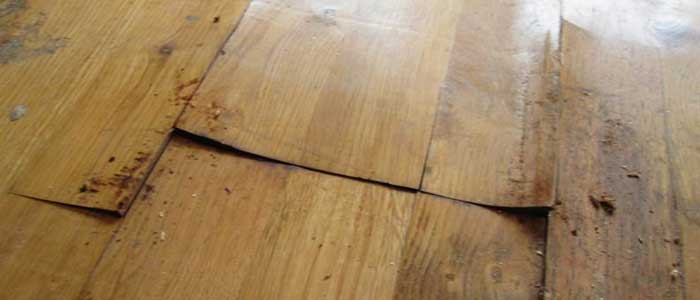Whether you have solid wood, engineered wood or parquet floor, whether it is newly installed, or it is older than you, you would like this wooden floor to look and feel its best. Of course, if maintained properly, wooden floors can look great and be extra sturdy for up to one hundred years and this is amazing, however wood floors are also a subject of a number of issues that lead to a number of problems! Good maintenance doesn’t mean that all issues and situations will be prevented, it means that when an issue pops out, it will be treated properly and in the way that will work the best for your floor. So, let’s see which the most popular wood flooring issues are and how you can deal with them!
- Cupping and crowing
- Stains
- Peeling and bubbles
- Refinishing
- Removing carpet
Before you start with the wood floor installation
Of course, there are many ways to prevent minor issues and you have to be aware of the main damage causers, so you can avoid them. Among the most common reasons for issues are improper installation (always look for a reliable and professional company and never attempt the installation by yourself, if you do not have enough experience and knowledge), changes in the environment (like moisture, humidity, temperature changes), improper maintenance (for example, when you are cleaning with too much water, inappropriate products, etc.). Be sure to find a eliminate the source of any moisture, research proper maintenance ideas and use a moisture meter for ensuring your floor is completely dry, otherwise, you will face the same problems over and over again.
Cupping and crowing
In a nutshell, cupping and crowing are causing the wavy and ripped look of your hardwood floor and they are caused by high moisture levels in the wood. Cupping is one of the most common issues a wooden floor may face. It mainly happens when the subfloor, especially it if is a concrete one, is damp and it can be prevented when there is proper preparation before the installation process. The moisture causes the base to expand and push the edges up, which leads to the “cupped” effect. Some other ways you can prevent cupping are leaving the materials to acclimatise before installation, choosing the right wood species for the climate (be sure to be recommended by the professionals) and ensuring an effective moisture barrier is applied before installation.
Crowing basically happens, when the repair job is not done right. It happens, when cupped floors are sanded for an even and uniform look. While the surface is dry, the base of the boards is damp and expanded and sanding will only make things worse because when the boards get dry, the expanded edges will shrink and the sanded plank will be left thinner on the edges and thicker in the middle. So, if your floors have that “cupped” and wavy look, you have to leave them time to dry out, while avoiding high traffic and heavy footfall, because wood can naturally prevent warping, then find and eliminate the cause of cupping and treat the floor only when it is completely dry.
Stains
Stains on the surface are accidents that can happen all the time, but you have to be aware of a few aspects of the situation in order to deal properly with the problem. Make sure you know the type of finish used, the source of the stain and the amount of damage. Minor stains can often be buffed out of waxed floors with a cloth alone, or with steel wool. For other finishes, you may end up needing a repair kit and proper cleaner. For major stains, you may also use a special brush that is not aggressive to the finish.
Stay tuned for part two of the series!

Be the first to comment on this post.